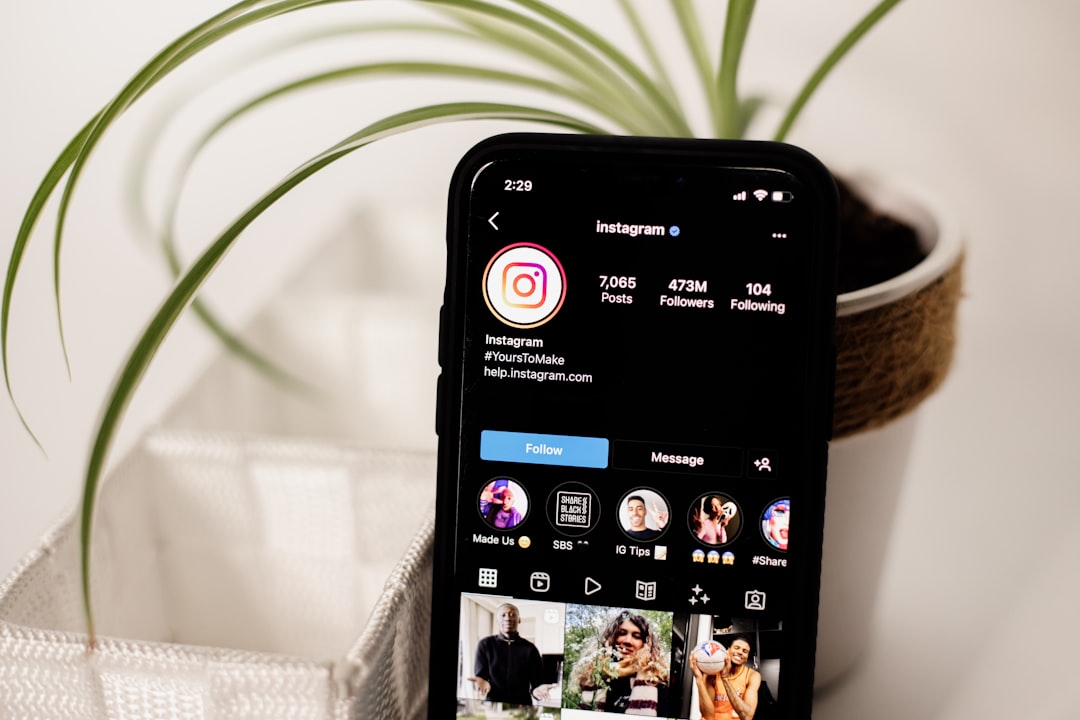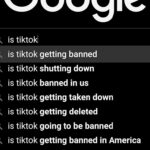In the rapidly evolving landscape of digital marketing, influencer marketing has emerged as a powerful tool for brands seeking to connect with their target audiences. As social media platforms continue to grow and diversify, the types of influencer marketing strategies available have expanded significantly. However, many brands may find themselves relying on outdated methods that no longer resonate with consumers.
This article delves into the various types of influencer marketing, examining how they have evolved and why it is crucial for brands to adapt their strategies to remain relevant in an increasingly competitive environment. The rise of social media influencers has transformed the way brands communicate with consumers. Traditional advertising methods, such as television commercials and print ads, are often viewed as intrusive and less effective in capturing the attention of modern audiences.
Influencer marketing, on the other hand, leverages the trust and authenticity that influencers have cultivated with their followers. By collaborating with influencers who align with their brand values, companies can create more engaging and relatable content that resonates with potential customers. However, as the influencer landscape continues to shift, brands must be vigilant in assessing whether their current strategies are still effective or if they need to pivot to new approaches.
Key Takeaways
- Influencer marketing has evolved beyond just sponsored posts to include various types such as affiliate marketing, ambassador programs, and content collaborations.
- Brands need to adapt their influencer marketing strategy to keep up with the changing landscape and consumer preferences.
- Micro-influencers are gaining popularity due to their authenticity and higher engagement rates, making them a valuable addition to influencer marketing strategies.
- Long-term partnerships with influencers can lead to more authentic and impactful content, as well as stronger brand loyalty from their followers.
- It’s important for brands to continuously evaluate and update their influencer marketing strategy to ensure it remains effective and relevant in the ever-changing digital space.
Types of Influencer Marketing
Influencer marketing can be categorized into several distinct types, each with its own unique characteristics and advantages. One of the most common forms is sponsored content, where brands pay influencers to create posts that promote their products or services. This type of marketing can take various forms, including Instagram posts, YouTube videos, or blog articles.
Sponsored content allows brands to reach a wider audience while benefiting from the influencer’s established credibility. However, it is essential for brands to choose influencers whose values align with their own to ensure authenticity and avoid backlash from consumers who may perceive the partnership as disingenuous. Another prevalent type of influencer marketing is product placement, which involves integrating a brand’s product into an influencer’s content in a more subtle manner.
This approach can be particularly effective in lifestyle and entertainment niches, where influencers showcase products as part of their daily lives or creative projects. For example, a beauty influencer might feature a skincare product in a makeup tutorial without explicitly promoting it as a sponsored item. This method allows for a more organic presentation of the product, making it feel like a natural part of the influencer’s routine rather than a blatant advertisement.
However, brands must ensure that the product placement feels authentic and relevant to the influencer’s audience to maximize its impact.
The distinction between micro-influencers and macro-influencers is another critical aspect of influencer marketing that brands must consider when developing their strategies. Micro-influencers typically have smaller followings, often ranging from 1,000 to 100,000 followers. Despite their smaller audience size, micro-influencers tend to have higher engagement rates and stronger connections with their followers.
This intimate relationship allows them to create content that resonates deeply with their audience, making their recommendations more impactful. Brands looking to foster genuine connections with niche markets may find that partnering with micro-influencers yields better results than collaborating with larger influencers. On the other hand, macro-influencers boast larger followings, often exceeding 100,000 followers and sometimes reaching millions.
While they may have lower engagement rates compared to micro-influencers, macro-influencers can provide brands with extensive reach and visibility. Collaborating with macro-influencers can be particularly beneficial for brands looking to launch new products or create widespread awareness quickly. However, it is essential for brands to carefully evaluate the authenticity of macro-influencers’ engagement metrics, as inflated follower counts or engagement rates can lead to ineffective campaigns.
Striking a balance between micro and macro-influencer partnerships can help brands maximize their reach while maintaining authenticity.
Affiliate Marketing and Influencer Partnerships

Affiliate marketing is another type of influencer marketing that has gained traction in recent years. In this model, influencers promote a brand’s products or services through unique affiliate links or discount codes. When their followers make purchases using these links or codes, the influencers earn a commission on the sales generated.
This performance-based approach incentivizes influencers to create compelling content that drives conversions while allowing brands to track the effectiveness of their campaigns more accurately. The rise of affiliate marketing has led to a shift in how brands approach influencer partnerships. Instead of merely compensating influencers for sponsored posts, brands are increasingly focusing on building long-term relationships that foster mutual growth.
By providing influencers with exclusive access to products or early releases, brands can create a sense of loyalty and excitement among their partners. This strategy not only enhances the authenticity of the influencer’s promotion but also encourages them to invest more effort into creating high-quality content that showcases the brand in a positive light.
The Role of User-Generated Content
User-generated content (UGC) has become an integral part of influencer marketing strategies as brands recognize the value of authentic consumer experiences. UGC refers to any content created by consumers that showcases a brand’s products or services, such as photos, videos, or reviews shared on social media platforms. By encouraging customers to share their experiences with a brand’s offerings, companies can tap into the power of social proof and build trust among potential buyers.
Incorporating UGC into influencer marketing campaigns can enhance authenticity and relatability. For instance, a fashion brand might encourage customers to post photos wearing their clothing using a specific hashtag. Influencers can then curate this content and share it with their followers, showcasing real people enjoying the brand’s products rather than relying solely on polished promotional material.
This approach not only fosters community engagement but also provides brands with a wealth of authentic content that can be repurposed across various marketing channels.
The Impact of Social Media Algorithms
As social media platforms continue to refine their algorithms, brands must adapt their influencer marketing strategies accordingly. Algorithms determine which content appears in users’ feeds based on various factors such as engagement rates, relevance, and user preferences. Consequently, even well-executed influencer campaigns may struggle to gain visibility if they do not align with platform algorithms.
To navigate this challenge, brands should prioritize creating high-quality content that encourages engagement and interaction among followers. Collaborating with influencers who understand how to optimize their posts for algorithmic success can significantly enhance a campaign’s reach. For example, influencers who utilize engaging captions, relevant hashtags, and interactive features like polls or questions can increase the likelihood of their content being seen by a broader audience.
Additionally, brands should consider diversifying their presence across multiple platforms to mitigate the impact of algorithm changes on any single channel.
The Future of Influencer Marketing

As influencer marketing continues to evolve, brands must remain agile and open to new trends and technologies shaping the industry. The rise of emerging platforms such as TikTok has introduced new opportunities for creative expression and engagement among influencers and brands alike. Short-form video content has become increasingly popular, prompting brands to explore innovative ways to collaborate with influencers in this format.
Moreover, advancements in technology such as augmented reality (AR) and virtual reality (VR) are poised to revolutionize influencer marketing further. Brands can leverage AR filters or VR experiences to create immersive campaigns that captivate audiences in novel ways. As consumers increasingly seek interactive and engaging content, embracing these technologies will be essential for brands looking to stay ahead in the competitive landscape.
In conclusion, understanding the various types of influencer marketing is crucial for brands aiming to develop effective strategies that resonate with today’s consumers. As the landscape continues to shift, companies must be willing to adapt and innovate their approaches to remain relevant in an ever-changing digital environment. By embracing new trends and technologies while prioritizing authenticity and engagement, brands can harness the full potential of influencer marketing to drive meaningful connections with their audiences.
FAQs
What is influencer marketing?
Influencer marketing is a type of marketing that focuses on using key leaders to drive a brand’s message to the larger market. These individuals are known as influencers and they have a significant following on social media platforms.
What are the different types of influencer marketing?
There are several types of influencer marketing, including celebrity influencers, macro influencers, micro influencers, and nano influencers. Each type targets a different audience size and engagement level.
What is the difference between celebrity influencers, macro influencers, micro influencers, and nano influencers?
Celebrity influencers are well-known public figures, while macro influencers have a large following on social media. Micro influencers have a smaller but highly engaged following, and nano influencers have a very small but highly targeted following.
How can influencer marketing strategies become outdated?
Influencer marketing strategies can become outdated due to changes in consumer behavior, shifts in social media algorithms, and the emergence of new platforms. It’s important for brands to regularly evaluate and update their influencer marketing strategies to stay relevant.
What are some signs that an influencer marketing strategy may be outdated?
Signs that an influencer marketing strategy may be outdated include declining engagement rates, lack of authenticity in influencer content, and failure to reach the target audience effectively.
How can brands update their influencer marketing strategies?
Brands can update their influencer marketing strategies by identifying new and emerging influencers, diversifying their influencer pool, and incorporating new content formats and platforms. It’s also important to regularly analyze and adjust strategies based on performance metrics.















